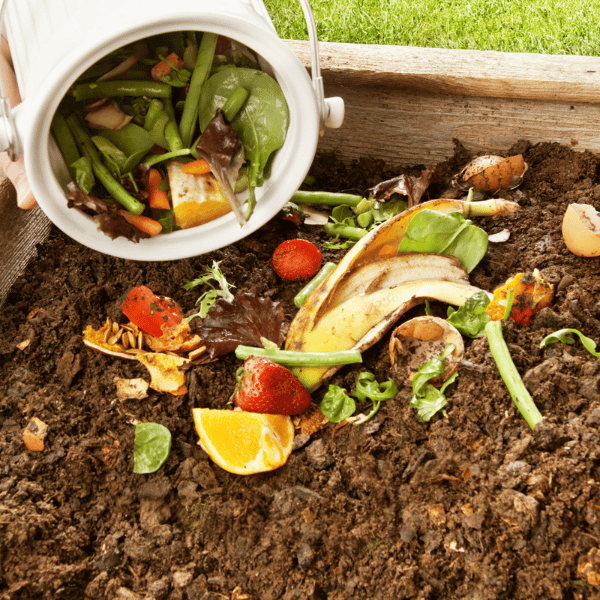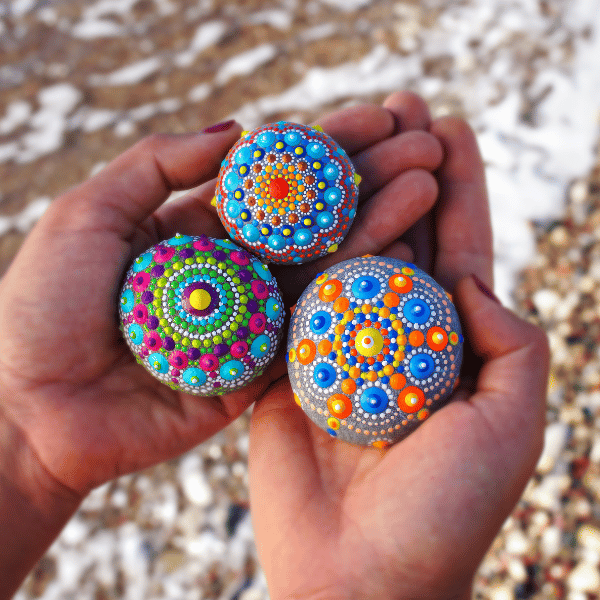
7 Ways to Incorporate Learning into Outdoor Play
Renowned wildlife expert Jack Hanna once said, “The best way to learn is by experiencing things firsthand.” And you know what? He’s onto something! Spending time outdoors isn’t just fun; it’s super important for kids’ brains. Research consistently shows that time spent outdoors is invaluable for optimal learning and brain development. In fact, studies indicate that children who spend more time outside are better equipped to learn and thrive in various aspects of life. So, let’s talk about how to make learning happen while playing outside.
Incorporate Learning into Outdoor Play: Getting Started
1. Build a love of the environment.
Participating in park, beach, or neighborhood clean-ups is not only good for the environment but also teaches kids about responsibility and caring for their surroundings. Check out local community groups or organizations like Keep America Beautiful for clean-up events near you.
Composting is another fantastic way to teach children about the cycle of life and the importance of reducing waste. Plus, it’s a fun science experiment! Get started with a simple compost bin or tumbler (affiliate link), and learn together how to turn food scraps into nutrient-rich soil. CompostNow offers resources and services to help you get started.

2. Reinforce foundational skills.
Numeracy skills can easily be reinforced outdoors through activities like counting rocks or comparing the sizes of leaves. Get creative and make math fun with games like “more or less” or “bigger or smaller.” Boost literacy skills by encouraging letter formation in sand or dirt. You can also focus on a specific letter or letter sound and challenge kids to find objects that start with that sound while exploring outdoors. Check out educational resources like ABCmouse for interactive literacy activities.
3. Plan scavenger hunts.
Scavenger hunts are an exciting way to promote observation skills and engage kids in various subjects. Create lists of items for children to find based on certain criteria, such as objects that start with a specific letter or items of a particular color or texture. Use printable templates from websites like Education.com to get started.
4. Garden together.
Gardening provides hands-on learning opportunities about biology, ecology, and nutrition. Start a small vegetable or herb garden (here’s a great starter kit – affiliate link) together and watch as children learn about plant life cycles, soil health, and the importance of fresh food. Other gardening kits and resources are available from companies like Gardenuity to help you get growing. If you don’t have your own outdoor space, join a community garden or relegate your gardening to a couple of window pots.
5. Get involved in sports.
Engaging in outdoor sports not only promotes physical activity but also enhances communication, collaboration, and resilience. Whether it’s kicking a soccer ball, shooting hoops, or playing tag, sports teach valuable life skills while having fun outdoors. Look for local sports leagues or community centers offering youth programs in your area. If cost is a barrier, coordinate with a handful of kids and parents in your area to have a weekly soccer meet-up.
6. Create nature art.
Get creative with nature art projects like creating mandalas, pressing flowers (we like this kit for kids – affiliate link), painting with flowers or leaves, or decorating rocks. These activities encourage artistic expression while fostering appreciation for the beauty of the natural world. Check out DIY tutorials and inspiration from websites like The Artful Parent for nature-inspired art ideas.
7. Build a fort.
Building a fort using natural materials found outdoors promotes creativity, problem-solving, and engineering skills. Encourage children to design and construct their own outdoor hideaway using branches, leaves, and other found objects. For inspiration and tips, explore resources like The Inspired Treehouse for outdoor play ideas and fort-building techniques.

Guidelines for Optimal Learning During Outdoor Play
1. Follow your child's lead.
Let your child take the lead in outdoor play, allowing them to explore their interests and curiosity at their own pace. By following their lead, you can tailor learning experiences to match their individual preferences and learning styles. This includes staying patient. Go at your child’s pace, slow down when they’re interested in something, and move on when they’re ready to try something new. Research shows that child-led play promotes creativity, problem-solving, and self-confidence.
2. Encourage exploration and reasonable risk-taking.
Instead of cautioning children to “be careful,” encourage them to explore and take reasonable risks while playing outdoors. Use language that promotes self-awareness and decision-making, such as “What’s your next move?” or “Trust your body. What’s it telling you right now?” This approach fosters independence and resilience while allowing children to develop their judgment and confidence.
3. Embrace and prepare for the elements.
Help children embrace all types of weather by dressing them appropriately and providing necessary gear for outdoor play. Encourage dressing in layers and applying sunscreen for sun protection. Additionally, teach children to appreciate the beauty of nature in different weather conditions, such as playing in the rain or snow. Explore resources like “There’s No Such Thing as Bad Weather” (affiliate link) by Linda Åkeson McGurk for more guidance on embracing outdoor play in all weather.
4. Respond gently to resistance.
If your child is resistant to outdoor play, try to understand their concerns and gently encourage them to give it a try. Validate their feelings and offer incentives or rewards for trying new outdoor activities. Child Mind Institute recommends starting with short outdoor excursions and gradually increasing the duration as they become more comfortable. Remember, it’s okay to take small steps towards embracing outdoor play.
5. Foster open-ended play opportunities.
Provide materials and environments that encourage open-ended play, allowing children to use their imagination and creativity freely. Avoid overly structured activities and instead offer loose parts like sticks, rocks, and natural materials that can be used in various ways. Open-ended play supports problem-solving, critical thinking, and divergent thinking skills.
6. Create opportunities for sensory exploration.
Encourage sensory exploration by incorporating elements like sand, water, mud, and textures found in nature. Allow children to engage their senses through hands-on experiences, such as digging in the soil, splashing in puddles, or feeling different textures of leaves and bark. Sensory play enhances cognitive development, language skills, and emotional regulation.
Step Outside and Watch Your Child Grow
So there you have it—learning and playing outdoors go hand in hand, offering a world of opportunities for children to grow, explore, and thrive. From cultivating environmental awareness to fostering resilience and creativity, the benefits are endless. Remember, it’s not about perfection; it’s about giving it a try and seeing where the adventure takes you. So, grab your sunscreen, put on those rain boots, and let’s embark on this journey together. And if you ever need more tips or support along the way, Ed2Grow is here to help you raise healthy, well-rounded, and resilient kids.
Make sure to subscribe to our newsletter and let’s get outdoors and learn through play!
This blog post may include paid ads and as an Amazon Affiliate, Ed2Grow earns money from qualifying purchases.
